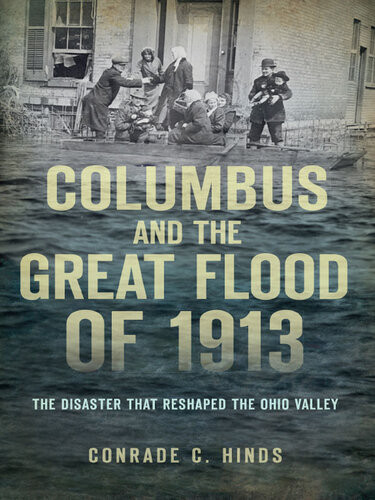

Most ebook files are in PDF format, so you can easily read them using various software such as Foxit Reader or directly on the Google Chrome browser.
Some ebook files are released by publishers in other formats such as .awz, .mobi, .epub, .fb2, etc. You may need to install specific software to read these formats on mobile/PC, such as Calibre.
Please read the tutorial at this link: https://ebookbell.com/faq
We offer FREE conversion to the popular formats you request; however, this may take some time. Therefore, right after payment, please email us, and we will try to provide the service as quickly as possible.
For some exceptional file formats or broken links (if any), please refrain from opening any disputes. Instead, email us first, and we will try to assist within a maximum of 6 hours.
EbookBell Team

4.4
52 reviewsBeginning
on Easter Sunday, March 23, 1913, Columbus and the Ohio Valley endured a
downpour that would produce the largest flood in one hundred years. Heavy rains
came on the heels of an especially cold winter, resulting in a torrent of
runoff over saturated and frozen ground. Rivers and streams quickly overflowed
and levees failed, sending tsunami-like floodwater into unsuspecting
communities and claiming four hundred lives. There were ninety-six deaths in
Columbus alone when the swollen Scioto River emptied water that ran nine to seventeen
feet deep through the streets of the near west side. Join Conrade C. Hinds and
the Columbus Landmarks Foundation in a closer look at a flood disaster that
reshaped the American Midwest.